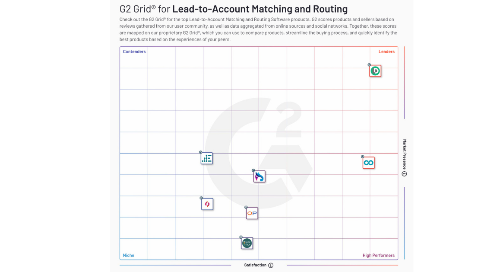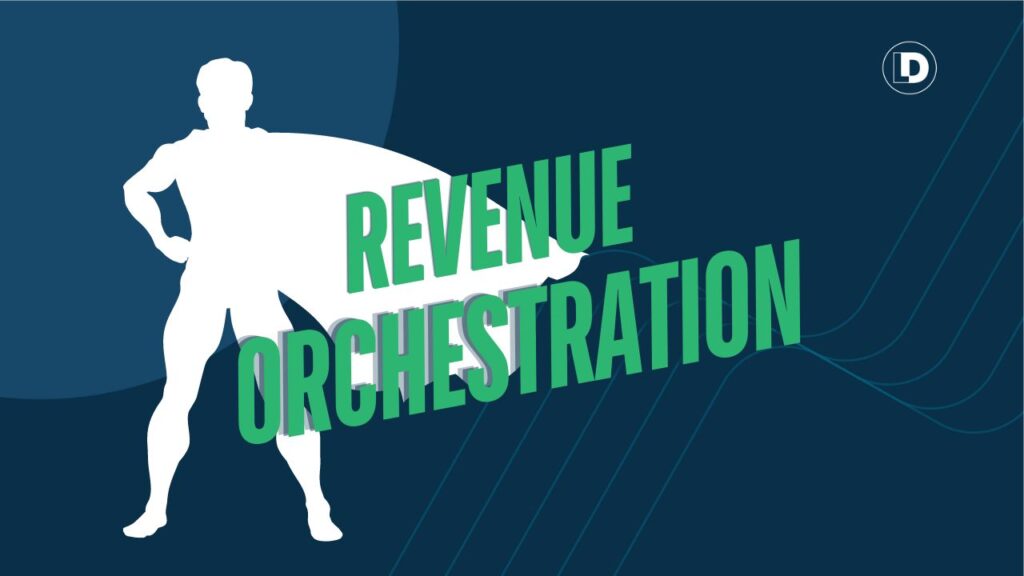- Platform
Use Cases FunctionsPlatform
- Products OverviewDiscover modern Revenue Orchestration
- IntegrationsConnect signals to plays
- PricingPlans for every company
- Why LeanData
- Customers
- Partners
- Become a PartnerTeam up with LeanData
- Technology Partner DirectoryDiscover ISV solutions to fit your needs
- Solutions Partner DirectoryConnect with our network of authorized Service Integrators
Featured PartnersLearn About Our PartnersLeanData’s integration with Salesloft allows a user to route prospects to the right reps.
Slack has transformed business communication– it’s the platform where work can happen.
Expertly target and engage high-value accounts when they’re ready to buy.
LeanData’s integration with Outreach allows a user to route prospects to the right reps.
- Resources
Learning Support
- Company
- About UsLearn more about us and our mission
- NewsroomKeep up with what’s new at LeanData
- EventsStay up to date and network with industry professionals at our upcoming events
- CareersJoin the LeanData team
- Contact UsGet your questions answered - contact us now
Featured news
Resource Center
All the authoritative go-to-market content you need to maximize the effectiveness and efficiency of your revenue teams
Blog
- April 23, 2024
8 Problems Revenue Orchestration Platforms Solve for B2B Sales
Done right, revenue orchestration can streamline processes, automate manual tasks, create a better customer experience, and so much more.
Learn moreSetting Up a Data Table for Routing
If your organization uses many complex criteria for routing, you may end up with a visually cluttered graph. Here’s how to set up a Data Table in LeanData to consolidate many different decisions and actions into a single node.
Referencing Entry Edges for Routing
At some point in your routing graphs, you may need to reference the specific entry edge through which a record entered the graph. Here is one way that you can store the entry edge of a record so that you can use it in a later routing decision.
Graph Optimization Toolkit
LeanData's Graph Optimization toolkit lays out practical recommendations for building, maintaining, and collaborating on a best-in-class graph.
Bitrise Revs Up Lead Routing and Meeting Scheduling with LeanData
A geographically dispersed operations team at Bitrise struggled to manage lead routing and scheduling in two different platforms. LeanData's user-friendly interface and centralized platform offered a clear solution.
Rebuy Scales Revenue Operations with the LeanData Platform
With LeanData, Rebuy has transformed cumbersome manual processes into streamlined efficiencies. With the adoption of LeanData, Rebuy is not merely growing, it's making operational efficiency a catalyst for its success.
Optimizing Leads & Conversions with Cognism and LeanData
LeanData x Cognism = Better Together. Learn how: We improved our Meeting Attendance rate from 35% to 75%. LeanData ensures a < 10min response time on all inbound leads. Both were achieved by making simple tweaks and optimizes in lead management processes and this session will show you how you can do it too.
Field-Specific Merging Preferences with Cloudingo
Combine LeanData's matching capabilities and FlowBuilder interface with the fine-grained merging capabilities of Cloudingo using the Cloudingo Merge Lead Integration Node in FlowBuilder. Here’s one example of merging two leads with different preferences for different fields.
Salesforce + LeanData = Security, Accuracy, Reliability
LeanData's tight integration with Salesforce creates better security, greater accuracy, and increased reliability in your CRM.
LeanData on LeanData ebook
Yes! We use our own technology to orchestrate GTM plays. Learn five of the most successful plays from the LeanData RevOps team playbook.
The Authoritative Guide to Buying Groups
This comprehensive guide to buying groups contains everything you need to know about this revolutionary B2B Opportunity-focused motion.
How to Book More Qualified Sales Meetings in 2024
Hear Zachary Dammann, Sr. Revenue Operations Analyst at Lattice walk through Lattice’s journey with LeanData, and how integrating BookIt into their tech stack extends the value of LeanData’s capabilities to manage all steps in their buyer journey.
3 Ways to Maximize Returns for Your Next Event
Hear from Marketing Event experts at LeanData, CaptivateIQ, and Qualified on optimizing strategies that deliver the most event ROI.



















